Ardennes Classics 2018 - The Complete Guide
Essential preview of the hilly one-day races in Belgium and Holland
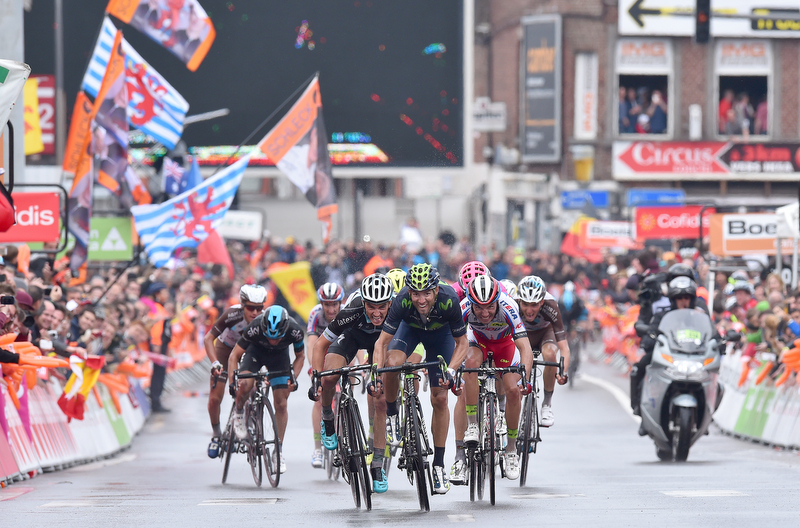
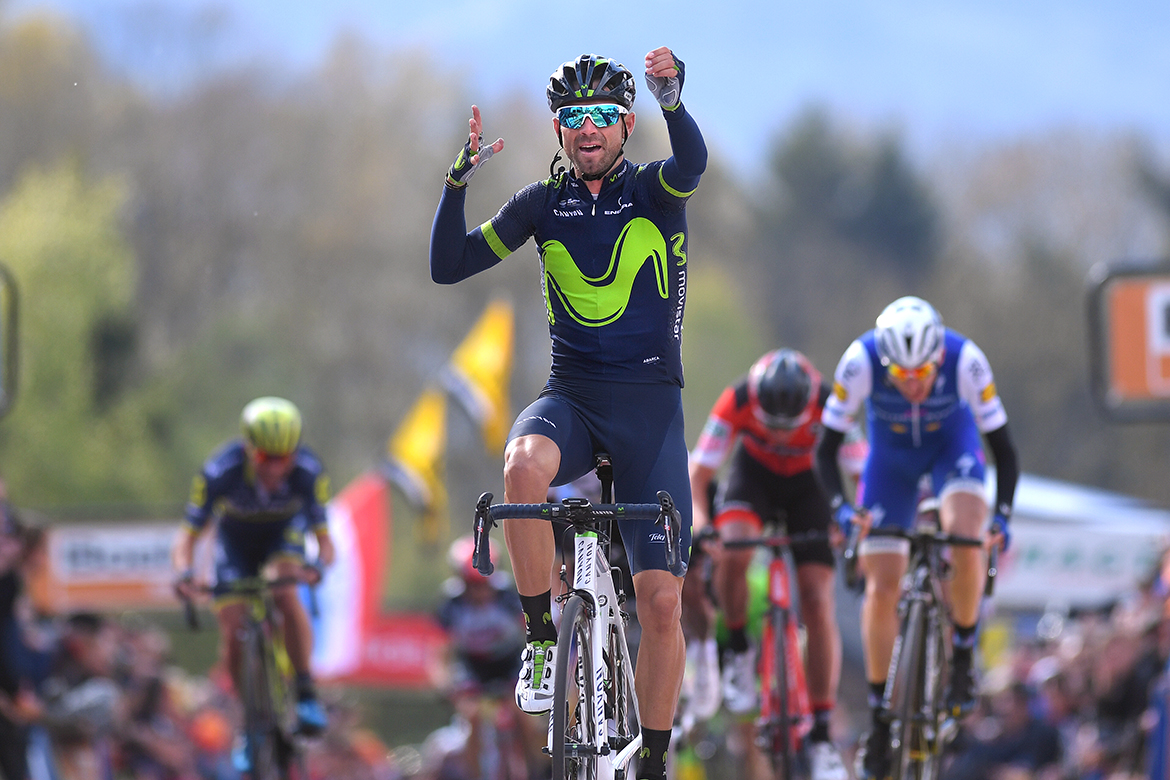
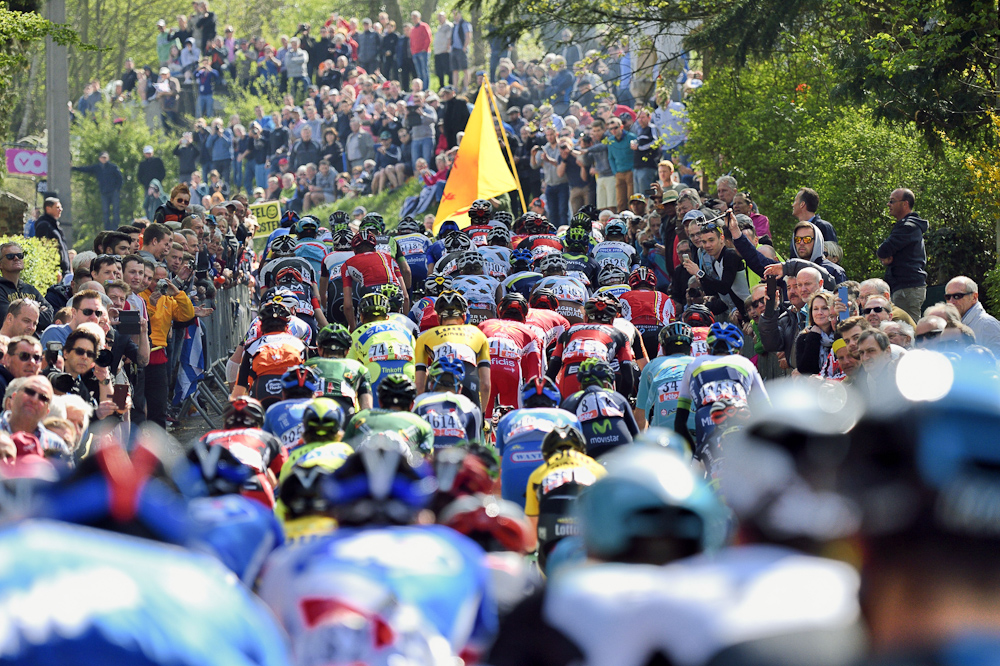
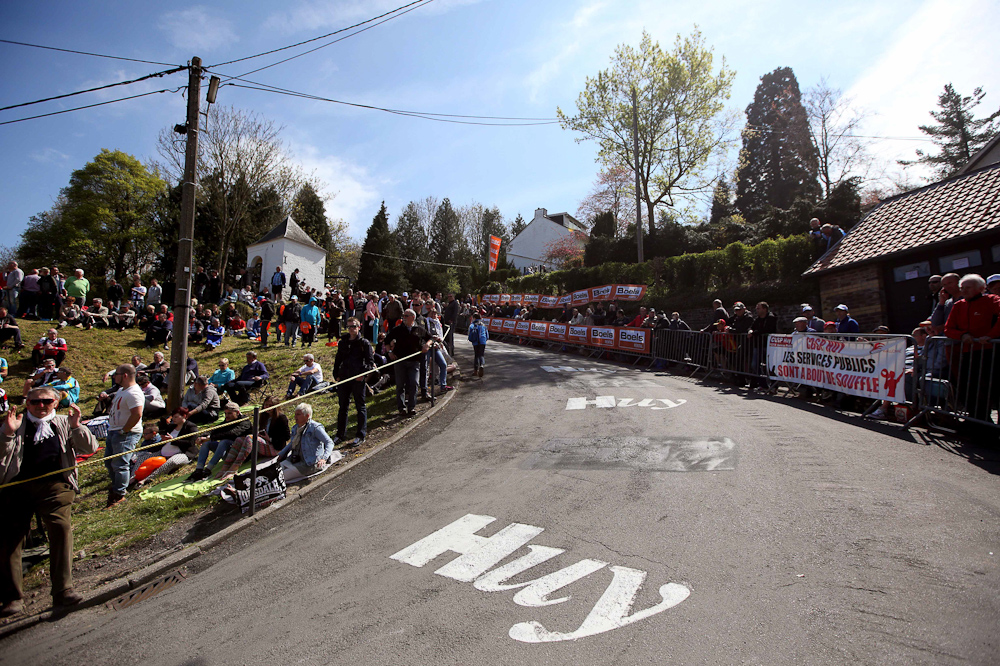
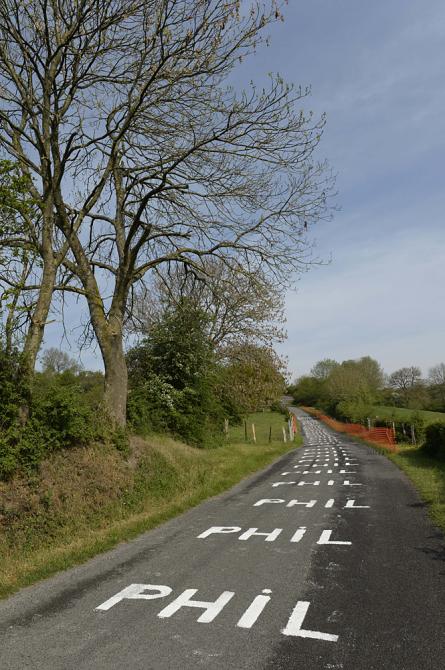
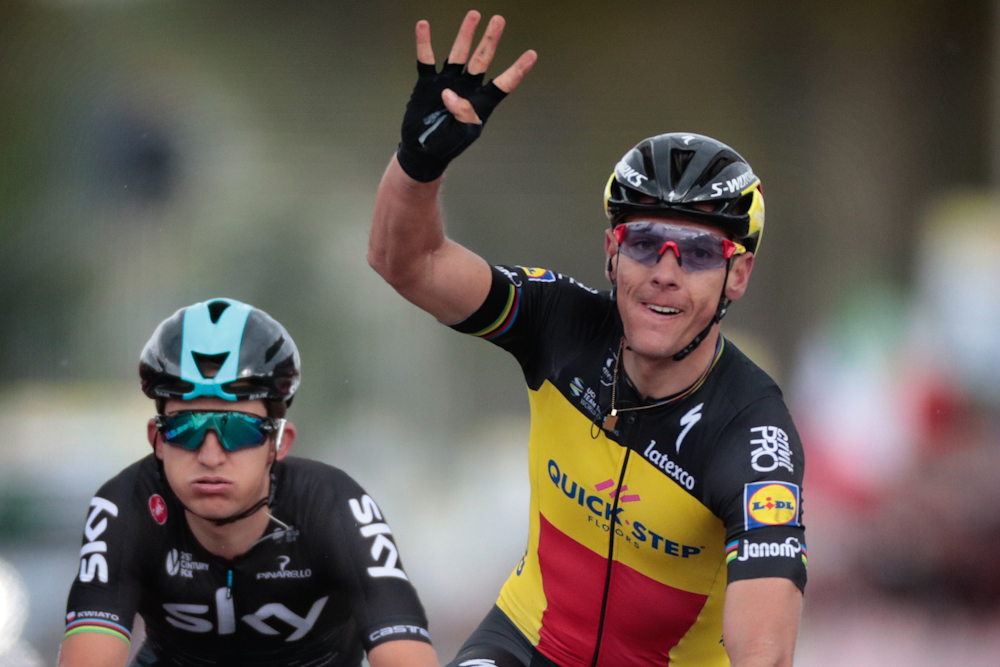
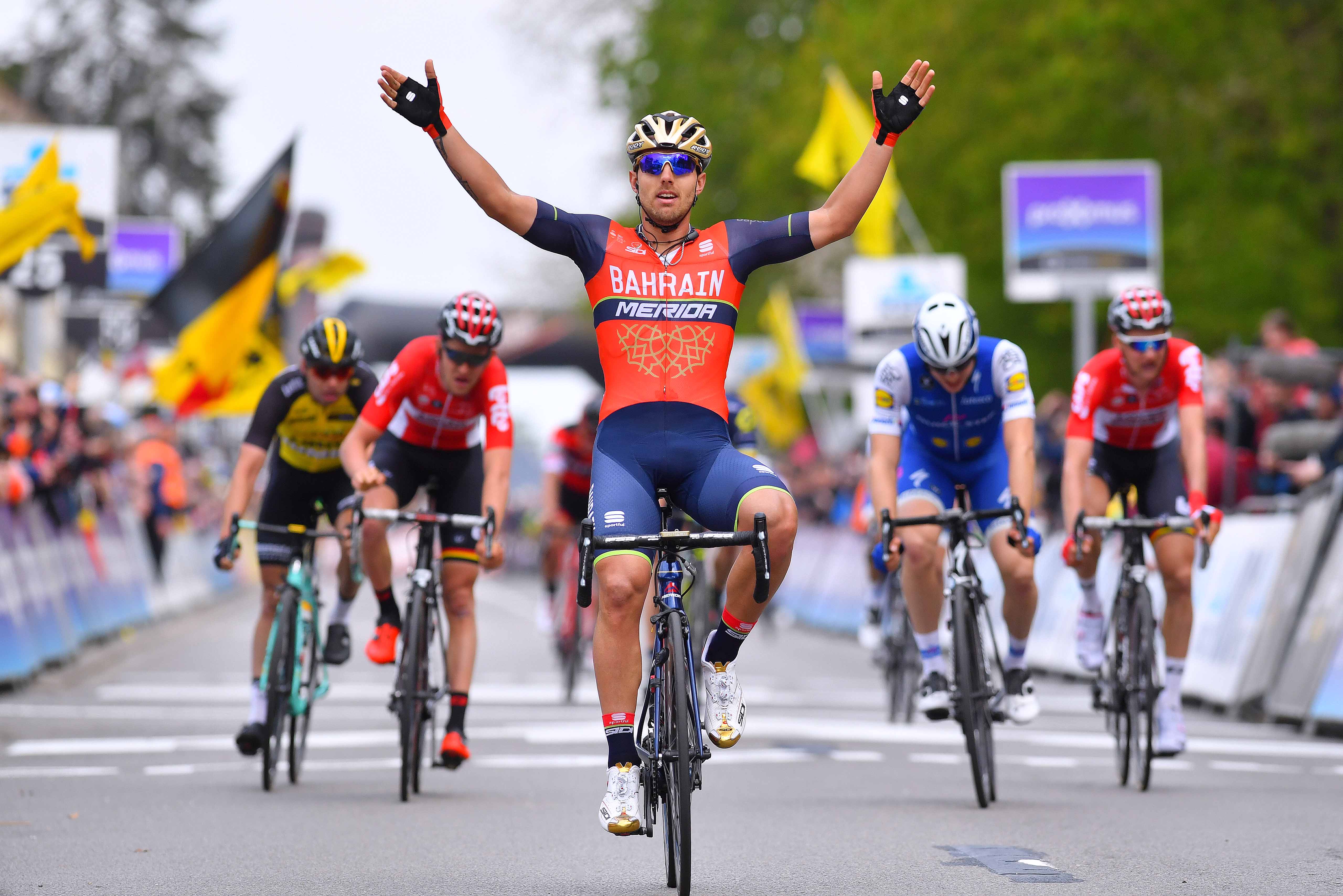
The dust and mud have barely had time to settle on the pavé of Paris-Roubaix before one-day racing moves east to the Ardennes for the next 11 days.
La Redoute to feature in 2018 Fleche Wallonne route
Valverde's successful 2018 continues with GP Miguel Indurain triumph
Bettini: It's time for Alaphilippe to win the Ardennes Classics
Van Avermaet turns to Amstel Gold after Paris-Roubaix loss
Poels, Kwiatkowski and Henao lead Team Sky at Amstel Gold Race
Interest in the hilly Classics will lie mainly in three areas this year. Firstly, there is the question of how far Quick-Step Floors can extend their domination in the cobbled Classics (Paris-Roubaix and Gent-Wevelgem being the honourable exceptions) into the Ardennes, with Julian Alaphilippe, Bob Jungels and, above all, four-time Amstel Gold winner Philippe Gilbert as their prime candidates. Gilbert's track record in Amstel, where he can equal the all-time total of five wins of Jan Raas, will be the main story this coming Sunday.
Any possible Ardennes Classics scenario cannot fail to include Alejandro Valverde (Movistar Team), who has never triumphed in Amstel Gold but whose track record in Flèche Wallonne and Liège-Bastogne-Liège is already one for the history books. Already the best-ever performer in Flèche Wallonne, with five wins, a fifth Liège-Bastogne-Liège title would put him on record-equalling terms with Eddy Merckx himself.
Whilst Valverde versus Quick-Step Floors will be central to the main three Ardennes races, there are plenty of other individual contenders.
Greg Van Avermaet (BMC Racing Team) has unfinished business in Amstel Gold, Vincenzo Nibali (Bahrain-Merida) has said he is targeting Liège, Dan Martin (UAE Team Emirates) has an excellent track record in the two Belgian races, and then Peter Sagan (Bora-Hansgrohe) can hardly be ruled out either. Everybody's biggest challenge will be working out how to beat Valverde in Flèche and Liège, and, in Amstel Gold, Gilbert.
De Brabantse Pijl-La Flèche Brabançonne (April 11)
First edition: 1961
2017 champion: Sonny Colbrelli (Bahrain-Merida)
Get The Leadout Newsletter
The latest race content, interviews, features, reviews and expert buying guides, direct to your inbox!

Brief history: Upgraded from 1.1 to 1.HC status in 2011, De Brabantse Pijl kicked off in 1961 with a win for Sicily's Pino Cerami. A longstanding Belgian resident and Paris-Roubaix winner who died in 2014, and whose race in the Hainault region, the GP Pino Cerami, continues to thrive, Cerami is far from being the only cobbled Classics star to triumph in De Brabantse Pijl.
Double Ronde Van Vlaanderen champion Edwig Van Hooydonck holds the record with four victories and Johan Museeuw won it three times. All of which highlights how De Brabantjse Pijl, held until 2010 on the Sunday before the Ronde Van Vlaanderen, acts as a transition between the Northern Classics and the Ardennes.
Race profile: With no fewer than 27 climbs in 205 kilometres, and weaving its way between Wallonia and Flanders in Belgium, De Brabantse Pijl – or, to give it its much less used French name, La Flèche Brabançonne – offers an initial test of condition and a valuable prize in itself for the Ardennes Classics.
It has a relentless series of short, tricky ascents and fast downhills through semi-urban landscapes in the hinterland of Brussels, and concludes with three laps of a 23-kilometre circuit. The final loop culminates with an ascent of the Schavei climb. However, the Schavei's punchy nature – it is just 700 metres long and has an average gradient of 5.2 per cent – make it a gift for fast uphill finishers, who could do well in Amstel Gold, but who would suffer badly on the longer, tougher climbs of Liège-Bastogne-Liège. Italian sprinter and defending De Brabantse Pijl champion, Sonny Colbrelli, previously third in Amstel Gold, and with a number of top-10 places in various cobbled Classics, is a case in point.
Main contenders: Although only seven WorldTour teams take part, all of them have strong squads. Colbrelli returns to the fray, but he will face some stiff opposition, with Tiesj Benoot and Tim Wellens (Lotto Soudal) two big local favourites. Dylan Teuns (BMC Racing Team), whose spectacular run of summer wins began last year in nearby Tour de Wallonie, is another strong candidate, whilst other top names include Bob Jungels (Quick-Step Floors), Roman Kreuziger (Michelton-Scott), Edvald Boasson Hagen (Team Dimension Data), and Lars Boom (LottoNL-Jumbo). Of the non-WorldTour teams, both climbers like Warren Barguil (Fortuneo-Samsic), all-rounders of the calibre of Pieter Weening (Roompot-Nedelandse Loterij) and versatile sprinters like Bryan Coquard (Vital Concept Cycling Club) cannot be ruled out. Cycling history fans will be pleased to note that Nathan Van Hooydonck, nephew of four-times winner Edwig, is set to take part for BMC Racing Team.
Amstel Gold Race (April 15)
First edition: 1966
2017 champion: Philippe Gilbert

Brief history: The Netherlands' only one-day WorldTour race, Amstel Gold's founder, the late Herman Krott, used to boast that the first edition in 1966 cost less than 50,000 euros to run. However, the race has grown considerably since 1989, when it because a fixture in the top league of the UCI racing –first as part of the UCI Road Wold Cup and more recently in the ProTour and WorldTour.
Changes aplenty to the route have seen Amstel lay increasing emphasis on its hilly finales, with the Cauberg hosting the finish from 2003 to 2012, then to its current location in the hamlet of Berg en Terblijt 1.5 kilometres further west, but with the added twist of excluding the Cauberg on the final lap in 2017. The one rider who seems to have handled these changes the best is Philippe Gilbert, winner on all three most recent finales (including in a World Championships) and whose current total of four victories means that if he takes part and wins this year, the Belgian will have drawn equal to Jan Raas' record of five victories.
A historical footnote: Amstel must surely be the only Classic this season to have two of its podium finishers from a decade ago – Damiano Cunego and Valverde, winner and third respectively in 2008 – taking part this April.
Race profile: The time-honoured comparisons between half-eaten plates of spaghetti and Amstel Gold's route map will continue to hold true this year, as the race route weaves and darts around the Limburg region on a never-ending labyrinth of narrow and winding country roads for 262.6 kilometres. And, for a third time in six years, the finale has been altered.
After starting in the Markt in Maastricht, the riders will ride three jagged loops through the southern Limburg hills, including a very brief incursion into Belgium, but centring on three climbs of the Cauberg and crossing the finish line in Vilt-Valkenberg. And once again – as in 2017 – the Cauberg is avoided in the last kilometres, with only the Geulhammerberg and Bemelerberg climbs included in the last, 16-kilometre lap.
That final lap has changed from 2017. After going over the Geulhemmerberg the bunch will avoid the previously used broad road to drop off the climb, and will instead will use a narrower descent, the Kiutenbergweg. After that, they will tackle the Bemelerberg, but once again will follow that up with a different, undulating, route to the finishing kilometre.
On the race website, organiser Leo Van Vliet explained: “In 2017 we saw that a simple change in the route led to a more attractive race. With this new change the contenders for the victory have to find a good position before they enter the final or already left the bunch for an attack.”
Last year's duel between Gilbert, resplendent in his Belgian national champion's jersey, and Kwiatkowski, represented a vast improvement in race interest and intrigue compared to the previous, groaningly predictable, final mass uphill face-offs on the Cauberg that characterised Amstels of previous years. Let's hope for a similarly exciting finale in 2018.
Main contenders: There's a very long list of favourites this year. Alejandro Valverde has yet to raise his arms in triumph at the end of the Rijksweg, but his devastating track record in the other two big Ardennes Classics, not to mention two second places and a third in Amstel Gold, makes him one of the top favourites. However, should Gilbert race a top Classic for a third Sunday in succession, as he is set to do, history says the four-time Amstel Gold winner, rather than Valverde, will be the man to beat.
Riders are still unsure how best to tackle a finale that only changed last year, and changes again in 2018, meaning the list of potential candidates trying to oust these two favourites is a very long one. Greg Van Avermaet (BMC Racing Team) clearly has the one-day calibre to make a challenge, whilst Michael Kwiatkowski (Team Sky), second last year, Roman Kreuziger (Mitchelton-Scott), Enrico Gasparotto (Bahrain-Merida) and – albeit a decade ago now – Damiano Cunego (Nippo-Vini Fantini) are all former winners. Then you can take your pick from Dan Martin and Rui Costa (UAE Team Emirates), Michael Albasini, Fabio Felline (Trek-Segafredo), Michael Matthews (Team Sunweb), Nathan Haas (Team Katusha), Tony Gallopin (AG2R La Mondiale), Tim Wellens and Tiesj Benoot (Lotto-Soudal), Rigoberto Urán (Team EF-Education First), Vincenzo Nibali and Sonny Colbrelli (Bahrain-Merida). And that's without our mentioning the Dutch teams and riders, starting with LottoNL-Jumbo, who are all highly motivated to perform well for what constitutes a rare WorldTour outing on home soil. Amongst their number, Wout Poels (Team Sky) is, if finally confirmed, another strong outsider.
La Flèche Wallonne (April 18)
First edition: 1936
2017 champion: Alejandro Valverde (Movistar)

Brief history: The first of the two Belgian Classics that make up the so-called 'Ardennes weekend' together with Liège-Bastogne-Liège, La Flèche Wallonne is the only WorldTour one-day race to conclude with a summit finish.
Started to promote local newspaper Les Sports, Belgium holds the record number of wins with 38, whilst Spain have taken it eight times. Five of those belong to Valverde, two more than any other rider in history, and only seven riders have achieved the 'Ardennes double'. Valverde, though, with three doubles – in 2006, 2015 and 2017 – holds the record in this, too.
Race profile: For all La Flèche Wallonne switches its start from one city in Wallonia to another, and no matter how much race organisers ASO may tinker with the format of its final finishing circuit, the key to winning this Classic is painfully simple: who is the fastest up the steep Mur de Huy? And who, if anybody, can beat five-time winner Alejandro Valverde on a climb he knows like the back of his hand?
This year, for the first time in its 82-year history, La Flèche Wallonne starts in Seraing, a city in Liège's grimy southern industrial hinterland. It will then pay homage to its even more venerable older sister race, Liège-Bastogne-Liège, with ascents of two climbs regularly used in La Doyenne, the Côte de la Vecquée and the emblematic Côte de la Redoute. Two 29-kilometre circuits, all-but identical to those used in 2017, then conclude the route, with the Côte d'Ereffe and the Côte de Cherave once again preceding all but the first of three ascents of the Mur de Huy.
Main contenders: After all the breadth of Amstel Gold contenders, three days later at La Flèche Wallonne we switch to the opposite extreme. With five victories in his palmarès, and as the winner every year since 2014, no other Classic out there has such a strong favourite as Valverde.
Supported by a star-studded team including Nairo Quintana and Mikel Landa, Valverde's status is such it is hard to see beyond the man from Murcia. However, last year's podium finishers Dan Martin and Dylan Teuns should be in with a strong fighting chance. For now, the race's sole reference point is Valverde.
Liège-Bastogne-Liège (April 22)
First edition: 1892
2017 champion: Alejandro Valverde
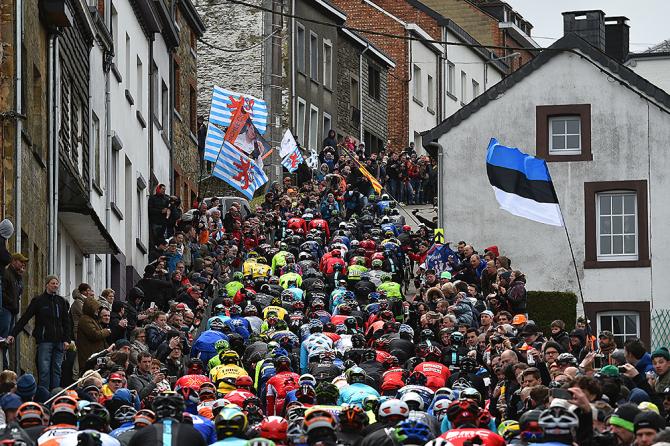
Brief history: Now up to 103 editions and counting, history could well be in the making in this year's Liège-Bastogne-Liège. Alejandro Valverde, currently equal on wins with 1980s Classics great Moreno Argentin, is just one victory short of Eddy Merckx's all-time record of five triumphs.
There are 4,000 metres of vertical climbing, the same as an 'average' Tour de France high mountain stage, making La Doyenne (the old Lady) a very different beast to any of the other spring Monuments. Incidentally, for those who like Liège-Bastogne-Liège's uphill slog to the finish line at Ans, make sure you tune in on April 22. Twenty-six years after Liège-Bastogne-Liège first used the Côte de Saint Nicolas climb and Ans finish in 1992, this is rumoured to be its last, with a return to Liège city centre said to be on the cards for 2019.
Race profile: This year's 258-kilometre route retains the same format as previous years for the crucial last 40 kilometres, with three ultra-difficult climbs, the Côte de la Redoute (222.5km), the Côte de la Roche-aux-Faucons (235km), and the Côte de Saint-Nicolas (252.5km) preceding the long grind up to Ans and the finish.
With two new classified climbs for this year, one more than in 2017, the bigger changes are in the earlier sections. The race reaches Bastogne by a slightly more direct route, after 90 kilometres, and on its return leg, at 152km, the organisers have slotted in a new climb, the Côte de Mont-le-Soie. Unusually long for Liège-Bastogne-Liège – four kilometres, the second longest of the 2018 race after the Col de Rosier (198km) – the Mont-le-Soie should act as a first, unprecedented, shakeout for the contenders and their teams. Then it's onto Liège's first blisteringly difficult trio of ascents – Côte de Pont (168km), Côte de Bellevaux (172km), and Côte de la Ferme Libert (180km) –and the crescendo of climbs all the way to the finish.
Main Contenders: The winner in 2006, 2008, 2015, and 2017, it is almost as hard to see past Alejandro Valverde at Liège-Bastogne-Liège as it is in La Flèche Wallonne. But not quite. Liège is a much tougher, less predictable cookie than Flèche, where cold weather – one of Valverde's weaker points – can often feature large in the narrative. Furthermore, controlling a race which is 60 kilometres longer will be much harder with a team of seven riders. Put simply, a lot more can happen.
The list of second-tier favourites is therefore not much longer than for Flèche Wallonne, but their chances of out-powering or outsmarting Valverde are certainly greater. Former winners and podium finishers include Dan Martin, Philippe Gilbert is another, whilst Vincenzo Nibali, Romain Bardet (AG2R La Mondiale), Michael Kwiatkowski and Wout Poels (Team Sky), Tim Wellens (Lotto-Soudal) and Julian Alaphilippe (Quick-Step Floors) are all solid outsiders.
Alasdair Fotheringham has been reporting on cycling since 1991. He has covered every Tour de France since 1992 bar one, as well as numerous other bike races of all shapes and sizes, ranging from the Olympic Games in 2008 to the now sadly defunct Subida a Urkiola hill climb in Spain. As well as working for Cyclingnews, he has also written for The Independent, The Guardian, ProCycling, The Express and Reuters.
